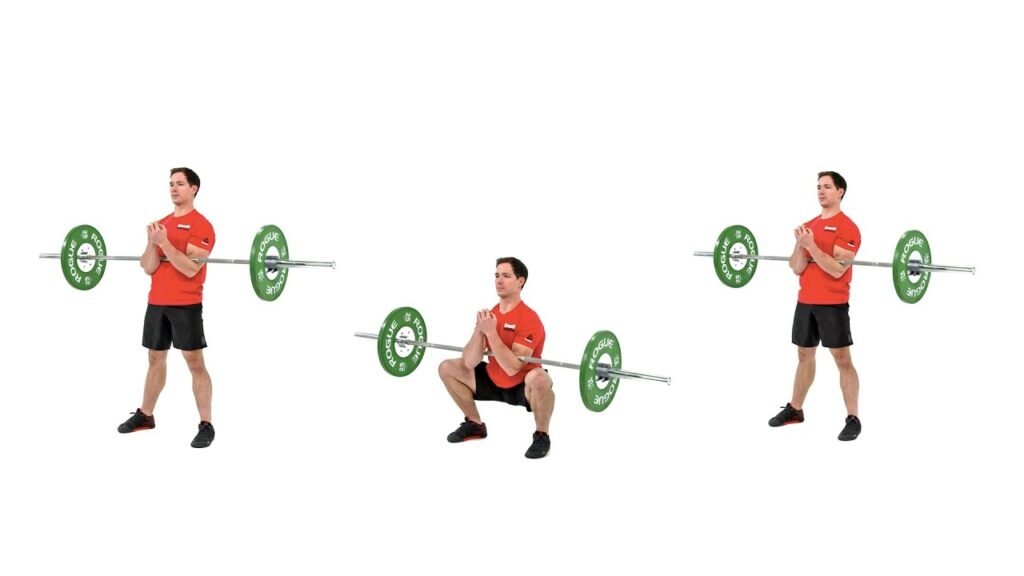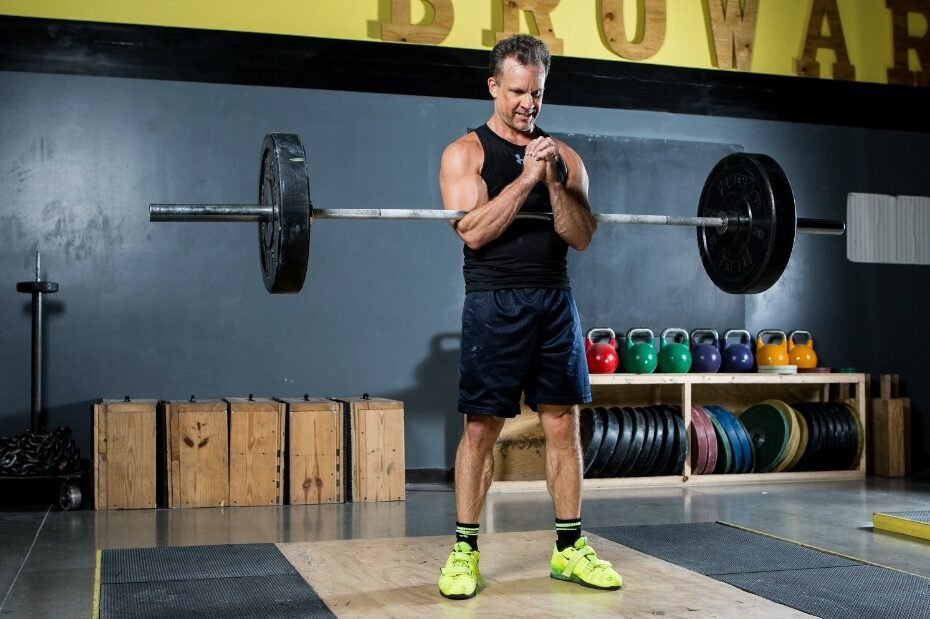The Zercher squat, a lesser-known yet potent squat variation, challenges your lower body strength while engaging your core and upper body muscles. This comprehensive guide delves into the intricacies of the Zercher squat, providing step-by-step instructions, insights into the muscles engaged, benefits, variations, alternatives, common mistakes, and key considerations to help you harness its unique advantages.
Muscles Worked:
Primary Muscles:
- Quadriceps
- Gluteus Maximus (Glutes)
- Hamstrings
Secondary Muscles:
- Upper Back Muscles
- Core Muscles (Abdominals and Obliques)
- Biceps
How to Perform the Zercher Squat:

- Setup: Position a barbell in front of you on the ground.
- Grip: Straddle the barbell, hooking your arms underneath it to create the Zercher hold.
- Lift: Lift the barbell by driving through your heels and standing upright.
- Stance: Stand with your feet shoulder-width apart or slightly wider, toes pointed slightly outward.
- Descent: Initiate the squat by pushing your hips back and bending your knees simultaneously.
- Depth: Lower until your thighs are parallel to the ground or slightly below, maintaining proper form.
- Ascent: Push through your heels to extend your knees and return to the starting position.
- Repetition: Complete the desired reps while ensuring controlled movement.
Benefits of the Zercher Squat:
- Unique Upper Body Engagement: The Zercher hold activates your upper back muscles and core, enhancing overall stability.
- Lower Back Support: The Zercher position can alleviate stress on the lower back compared to traditional squats.
- Real-World Strength: Mimics lifting and carrying objects in daily life, enhancing functional fitness.
- Versatile: Can be performed with a barbell or other weighted objects, providing flexibility in training.
Variations:
1. Zercher Deadlift Squat:
- Combine elements of the Zercher squat and deadlift for a dynamic full-body movement.
2. Zercher Lunge:
- Perform lunges while holding a barbell in the Zercher position, targeting similar muscle groups.
Alternatives:
1. Front Squat:
- If you’re seeking a similar upper body engagement, the front squat could be a suitable alternative.
2. Goblet Squat:
- Hold a dumbbell or kettlebell close to your chest to engage your upper body while squatting.
Common Mistakes to Avoid:
- Rounded Back: Maintain a neutral spine throughout the movement to prevent injury.
- Elbow Discomfort: Ensure your elbows are properly positioned and padded to avoid discomfort.
Key Considerations:
- Elbow Padding: Use a towel or pad to protect your elbows from the barbell’s pressure.
- Warm-Up: Warm up your upper back, core, and hips before attempting the Zercher squat.
- Start Light: Begin with lighter weights to become familiar with the movement and Zercher hold.
Conclusion:
The Zercher squat offers a unique challenge by incorporating upper body engagement into a lower body exercise. By mastering its execution, understanding the muscles engaged, appreciating the benefits, exploring variations and alternatives, avoiding common mistakes, and considering key factors, you can integrate the Zercher squat into your fitness routine with precision. Approach this exercise with dedication, proper form, and a commitment to holistic strength development for optimal results.
